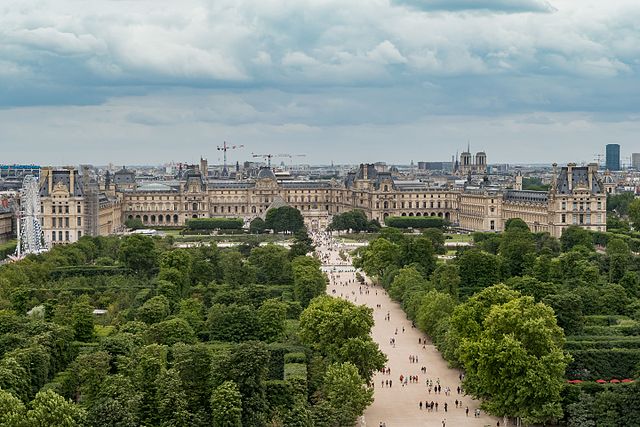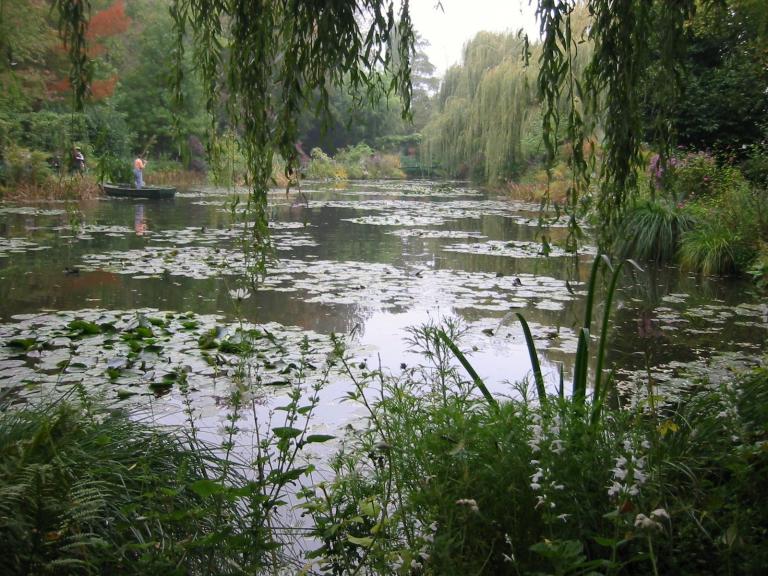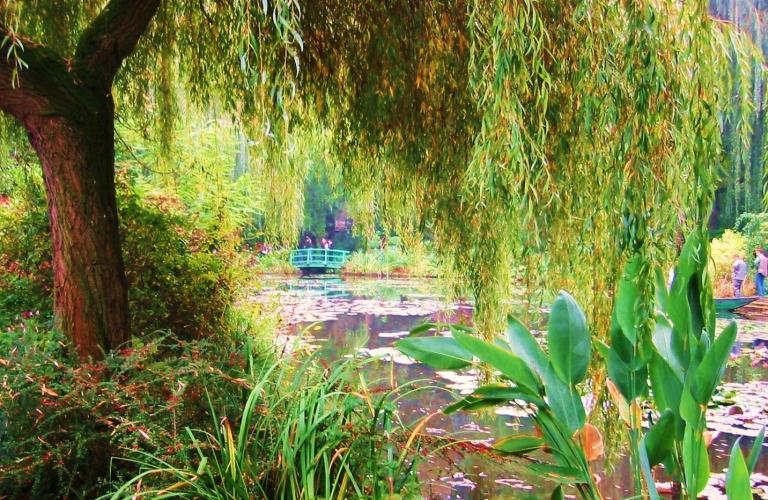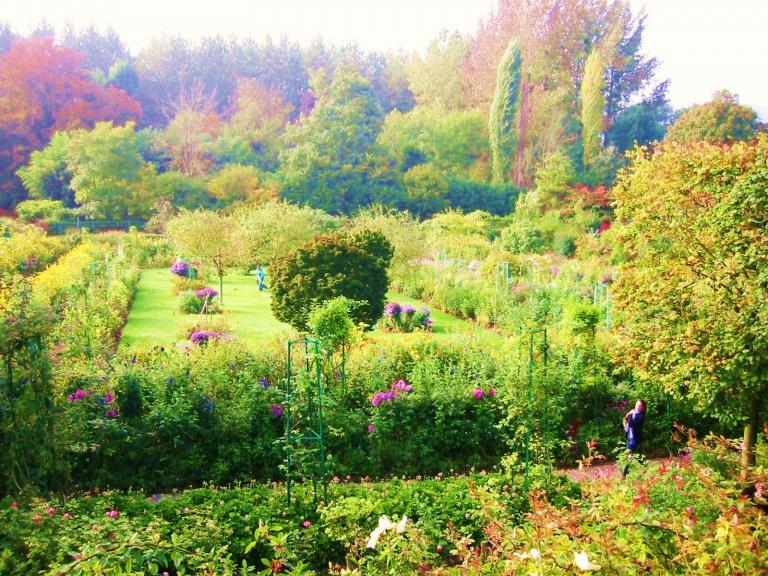
I’ve been informed by several people that, in the words of one of them, Paris has now become “a third-world hellhole.” Why? Because of Islam. Because a number of Muslims have moved here.
I’ve been in and out of Paris now for many more decades than I would like to admit, and have been here at least every other year for quite a while now. (This is my second stay in the city over the past twelve or thirteen months.) I’ve tried really, really hard to discern the evidence that Paris has turned into Fallujah or Kabul but, thus far, I’ve been unable to see it. Perhaps I lack the necessary eye of faith.
In the meantime, though, there’s this wonderful story:
“‘Spiderman’ granted French citizenship after rescuing child from Paris balcony”
It’s not too difficult, I think, to see that the name Mamoudou — affixed to an immigrant from Mali, a country that is 90% Muslim — is a form of the Arabic name Muhammad.
Oh, the blight of Muslim immigration!
Anyway, back to the “third-world hellhole” that is today’s Paris:
Our room is small, but it has a magnificent view. Our balcony overlooks the Jardin des Tuileries, across which we can see the Musée d’Orsay and, beyond, both the golden dome of Les Invalides and the Montparnasse Tower. To the right, we see the gold tipped obelisk that stands in the Place de la Concorde — ironically named, since, during the French Revolution, it was the location for the decapitation by guillotine (often applauded lustily by loud and bloodthirsty crowds) of such figures as King Louis XVI, Queen Marie Antoinette, Charlotte Corday, Georges Danton, the great chemist Antoine Lavoisier, Maximilien Robespierre, and Louis de Saint-Just — and the Grand Palais and, further off but still looming quite large, a very clear view of the Eiffel Tower. To the left, we have an unobstructed view of the grand Musée du Louvre and, in the distance beyond it, of the twin towers of the Cathedral of Notre-Dame de Paris and of the great white or gray dome of the Panthéon.

All of these things appear to be intact. None of them seems to have been destroyed by hordes of invading Muslims.
In fact, I’m inclined to think that the Place de la Concorde is a much more pleasant place today than it was in, say, 1793, during the heyday of the Revolution. And Notre-Dame hasn’t yet been turned into a mosque. It’s still a Catholic cathedral, in fact, still the seat of the Archbishop of Paris. (Back in the murderous days of the Revolution, it was, for some time, the official seat of the state-sponsored atheistic religion called the “Cult of Reason” or Culte de la Raison.)

We’ve been fairly relaxed here, after five intense weeks in the Middle East. I’ve read a couple of mystery novels. We’ve strolled in the Tuileries. We’ve eaten some excellent crêpes, both savory and sweet, and enjoyed some delectable croissants — which is rather remarkable if this is now a Muslim-dominated third-world city, given the culinary legend associated with the origin of croissants. We spent much of today sampling, yet again, the magnificent collections of the Louvre. Earlier, we went out to Giverny, to visit the home and gardens of the great impressionist painter Claude Monet (1840-1926).
I looked to see whether any of the statues or paintings at the Louvre had been retrofitted with hijabs or burkas, but I was unable to find any that had. (I saw an ad today for the Lido de Paris nightclub, and I can promise you that none of the dancers there were wearing burkas.) The call to prayer doesn’t appear to be sounding from atop the tour Eiffel.

But back, for a moment, to Monet’s Giverny:
A couple of months ago, I made a repeat pilgrimage to Frank Lloyd Wright’s Taliessin West, near Phoenix. And now I’ve finally made my pilgrimage to Giverny. (My wife has visited Monet’s house and garden at least twice before.) So I can report what I want, in case anybody out there is thinking of a gift for me: I want a house done in the style of Frank Lloyd Wright — something like Fallingwater would do nicely — surrounded by gardens in the style of Monet’s Giverny. Okay?

On a (somewhat) more serious note: Claude Monet loved light and gardens. In his last years, though — ironically, and rather sadly reminiscent of Beethoven’s deafness — he suffered from cataracts and declining vision. Many who have returned from near-death experiences have reported supremely acute and clear vision as well as richly warm light, and have told of seeing indescribably beautiful gardens in the spiritual world, featuring colors unlike any in this world and varieties of plants that they could not identify. I like to imagine Monet — of all people — opening his newly enhanced eyes upon such scenes.
Posted from Paris, France (aka “Islamabad-on-the-Seine”)










